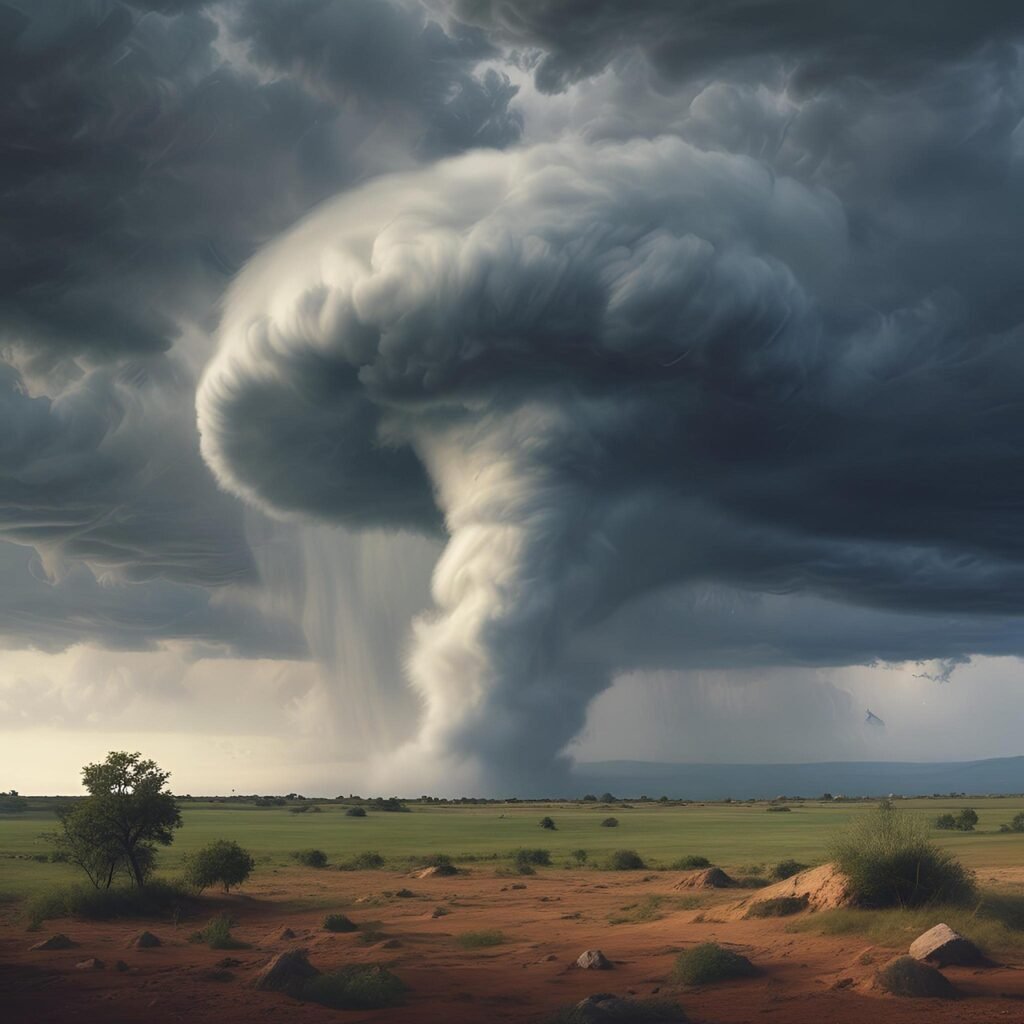On the evening of May 31, 2013, in rural central Oklahoma, a supercell thunderstorm produced what became one of the most remarkable tornadoes in U.S. history. At about 6:03 p.m. CDT, just southwest of El Reno, Oklahoma, the twister touched down and stayed on the ground for roughly 40 minutes, finally dissipating near Interstate 40 to the east of El Reno. What resulted in terms of figures was the widest tornado recorded in US history and perhaps the world.
A Record-Breaking Width and Unseen Danger

What made this tornado especially startling was its size and power. At its peak, it reached a width of 2.6 miles—making it the widest tornado ever reliably measured in the U.S.
Mobile Doppler radar recorded winds approaching 310–315 mph inside subvortices.
But here’s the twist: by the official damage survey standards used to rate tornado strength, it was rated EF3, because despite the tremendous winds, most of its path crossed open country with few structures to show EF4/EF5 damage.
Tragedy Amid the Chase
Tragically, the tornado claimed 8 lives, including four storm-chasers—among them veteran researcher Tim Samaras, his son Paul Samaras, and colleague Carl Young. An amateur chaser, Richard Henderson, also died.
The tornado’s rain-wrapped nature, huge width, and rapid changes made it unpredictable even to experts. It also caused about 151 injuries.
Damage and Dollar Cost
Because the path avoided densely built-up areas, the overall structural damage was limited compared to other major tornadoes—meaning fewer homes destroyed, which likely saved lives. A rough estimate of damage from affected structures puts the loss at $35-40 million.
However, the magnitude of the storm (size + wind) makes this tornado more a scientific landmark than a massive monetary disaster.
This event stands out for several reasons: the sheer width of the tornado, the extreme radar-measured winds, and the fact that experienced chasers fell victim despite their expertise. It changed how researchers think about safety, about tornado paths, and about the “damage rating” process. As the NOAA bulletin noted, it may have been “the most dangerous tornado in storm-observing history.”
Though El Reno’s tornado did not destroy a vast city or rake through dense suburbs, its record-breaking size and deadly surprise remind us that tornado danger is not always about how many houses fall—it’s about nature’s unpredictability.
Legacy and records
El Reno 2013 remains a landmark case in severe-storm science: a record-wide tornado with extraordinary radar-measured winds that nonetheless earned an EF3 rating due to the lack of EF4/EF5-caliber structural impacts along its rural track. The event spurred research into tornado internal structure, chaser safety, and public response (including risks from mass roadway evacuations during warnings).
Key facts (at a glance): Date—May 31, 2013; Location—Canadian County (near El Reno), OK; Duration—40 min; Path—16.2 mi; Max width—2.6 mi (record); Rating—EF3 (damage-based); Fatalities—8; Injuries—151; Notable losses—CV Tech up to $40M; Event-wide damages (tornadoes + floods)—~$1B

Hi, I’m Andrew, and I come from India. Experienced content specialist with a passion for writing. My forte includes health and wellness, Travel, Animals, and Nature. A nature nomad, I am obsessed with mountains and love high-altitude trekking. I have been on several Himalayan treks in India including the Everest Base Camp in Nepal, a profound experience.




